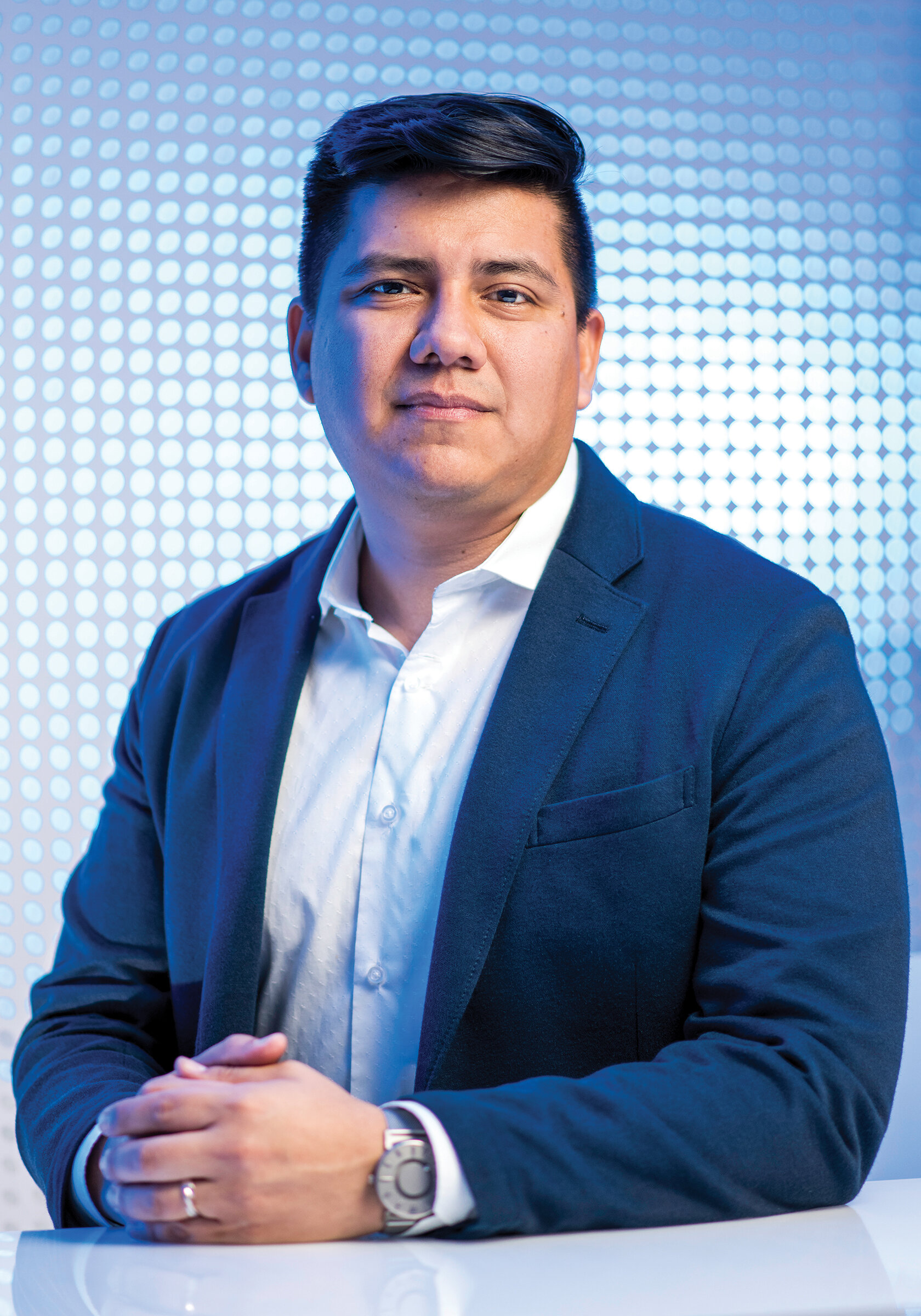Juan Sequeda
Credit: Vivian Abagiu
Alumnus and principal scientist at data.world. Interviewed by Marc Airhart.
You co-founded a startup based on the research you did at UT Austin with computer science professor Daniel Miranker. What was the technology you developed?
We developed software called Ultrawrap, which basically translates a conventional relational database into something called a knowledge graph. It’s easier to combine data from different data sets when they’re in graph form than in relational databases. Ultrawrap helps businesses understand their data better.
How did you get started in this research?
A visiting professor at my former college in Colombia gave a lecture on something called the Semantic Web, which was a proposal to organize and tag all the information on the internet so that autonomous agents could find and make sense of it. And I was hooked. It got me thinking about what the next generation of the web might look like, and I definitely wanted to be part of that. I transferred to UT Austin as an undergrad and joined Dan’s research team. He suggested that I work on what eventually became Ultrawrap.
“It got me thinking about what the next generation of the web might look like, and I definitely wanted to be part of that.”
How did that research lead you to co-found a startup?
When I finished my bachelor’s degree, I told Dan I’d like to work on a Ph.D. with him and start a company based on what we were developing. He said, “You don’t need a Ph.D. to start a company.” I said, “That’s true, but I want to be able to work on a problem that’s really hard that’s never been solved before – and that’s what you do in a Ph.D. program. And I want to make sure that problem is related to industry, because if we solve it, it’s going to be a business opportunity.” We worked hard and the end result was what we envisioned. Last summer, data.world acquired our company, and I joined as the principal scientist.
What did you learn from doing research with Dr. Miranker?
Number one, I learned to be comfortable in a sea of ambiguity. You start out lost, but eventually, you’ll figure out what the problem is that needs to be solved. The second thing is how to communicate the problem to others. You can’t solve it unless you can define it. I am a scientist because of Dan. This whole career that I started is thanks to his training and mentorship. He is like another father figure.
Read more, including how this UT innovation made it possible to compare constitutions from around the world: txsci.net/sequeda
After beginning a research project as an undergraduate that continued through graduate school, Sequeda and professor Dan Miranker now team on a winning business venture.


